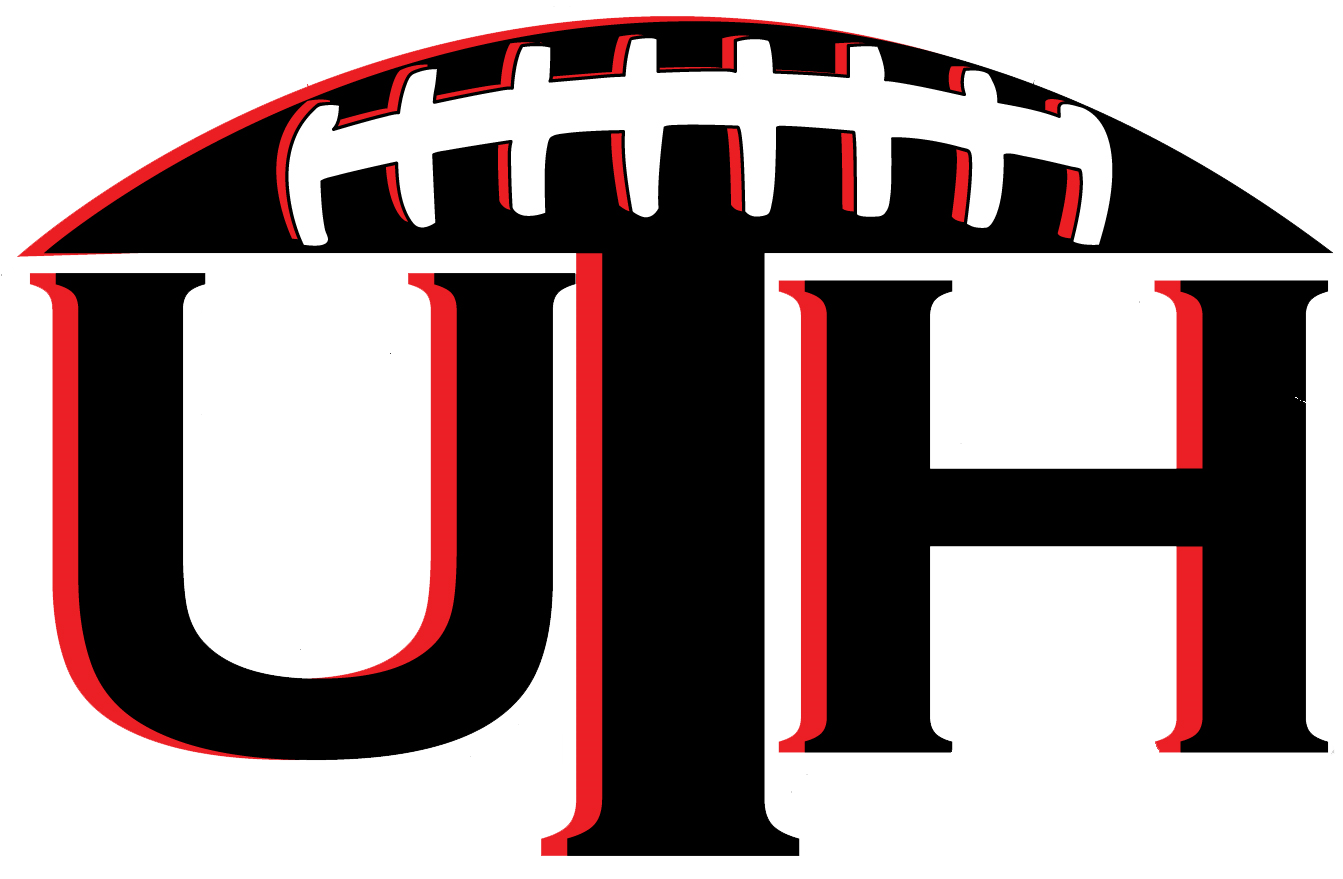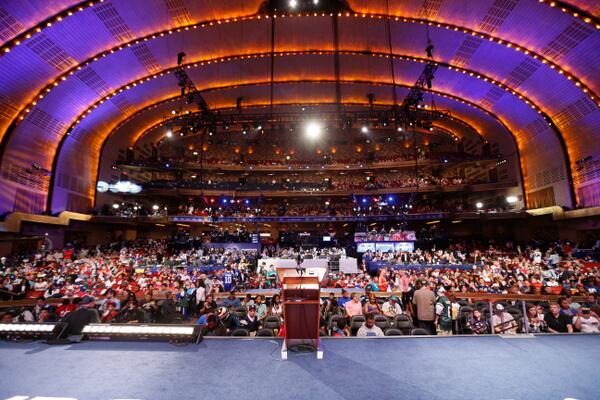The following guest contribution is from Ret Trippensee. The mid-20s Florida resident is a fantasy football fanatic along with husband, dad, and dog-cat owner responsibilities. Find him on twitter @FF_Tripp.
—————————-
I love to trade. Heck, we all do. Sometimes, however, we love to trade too much which can come around to bite us. It is important to keep your head on a swivel when dealing with valuable players and not allow yourself to give up too much equity.
Many professional online poker players run a program which records the hands as they play. They can then export this data and review every single action without a time limit. It allows them to find their mistakes, or leaks, and plug them. Those poker players will remove that flaw from their play to become more profitable. I want to apply a similar concept to our fantasy football teams.
Some of you may already do this but one thing I recommend to do is create a spreadsheet for trades. After every trade I open the spreadsheet and record the date, league size, rosters, etc. Every week or so I will review past trades and evaluate their successes and failures. Just like with evaluating talent, the larger the sample size the easier it is to pin-point ones’ flaws or triumphs. If you have several leagues you will likely notice those flaws sooner.
**Find below an example of one of my spreadsheet entries used to evaluate trade success.**
You can arrange the spreadsheet any way you prefer. I like a simple layout listing Date, Team Size, League Name, Lineups, and the Trade Completed. The important part is to make sure to record the dates your trades were completed. When you are reviewing the spreadsheet six months down the road the last thing you want is to incorrectly assess the values of those players because you don’t know when you traded them Following the UTH way, you are likely trying to stockpile rookie picks. Make sure you update the picks on the spreadsheet as you trade, and define whether they transformed into a player or a specific position (i.e. 2016 2nd becoming 2.08 at year-end; or 2015 3.10 becoming Stefon Diggs).
Another tip would be to take a screenshot of your team during the pre-season and post-season. Occasional screenshots of your roster are priceless, especially when engulfed with a rebuild. Comparing the screenshots, like before and after photos, will give you a sense of direction with your team to keep you on the plotted course.
Stay a student to fantasy by documenting your trades and reviewing the conclusion. It will help keep your assessments on fantasy market value current. Maybe you undervalue younger prospects. Maybe you overvalue veterans and wait too long to flip them. Whatever your leak, you will plug it by documenting your trades and evaluating the outcomes later on down the road.




